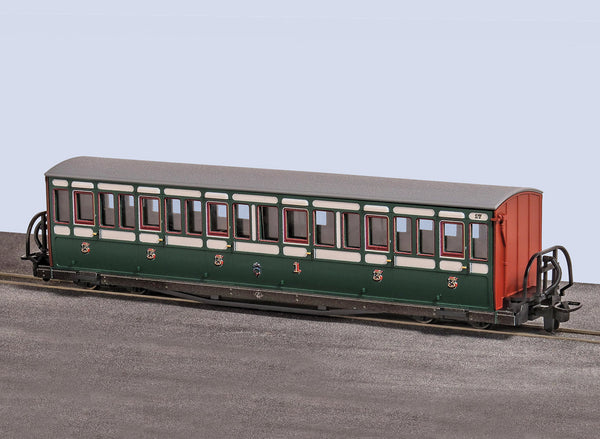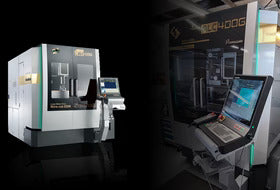BROWSE PECO PRODUCTS
Browse through our complete product portfolio.
144 Products Found


FR Short 'Bowsider' Bogie Coach - Early Preservation - Green 17
00-9 SCALE
Catalogue No. GR-601A
£65.50 RRP


FR Short 'Bowsider' Bogie Coach - Early Preservation - Green 18
00-9 SCALE
Catalogue No. GR-601B
£65.50 RRP


FR Short 'Bowsider' Bogie Coach - Early Preservation - Green 19
00-9 SCALE
Catalogue No. GR-621A
£65.50 RRP


FR Short 'Bowsider' Bogie Coach - Early Preservation - Green 20
00-9 SCALE
Catalogue No. GR-621B
£65.50 RRP





















